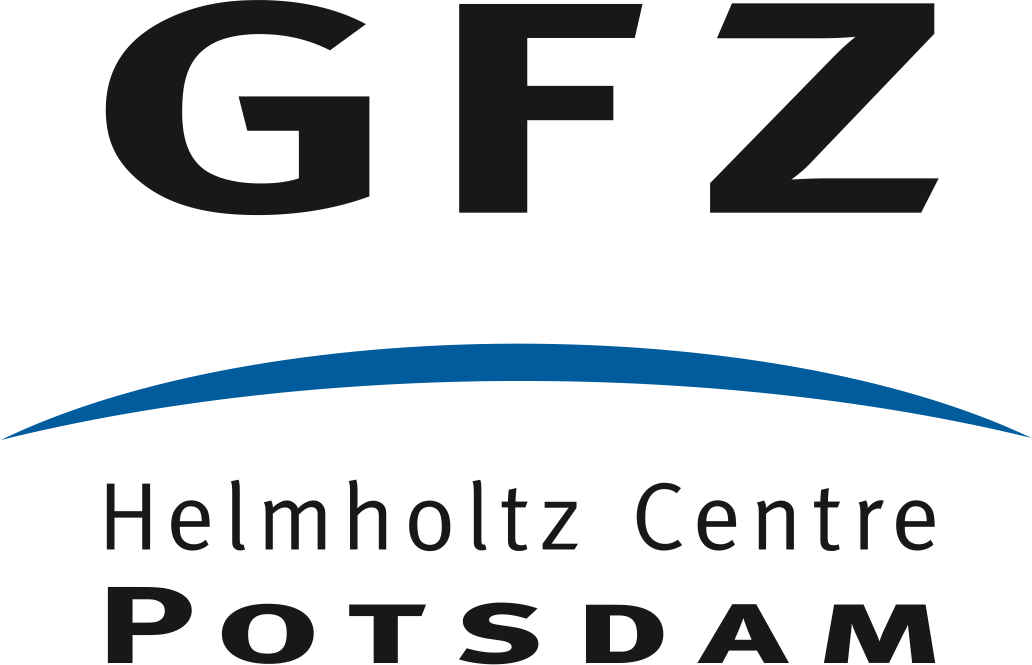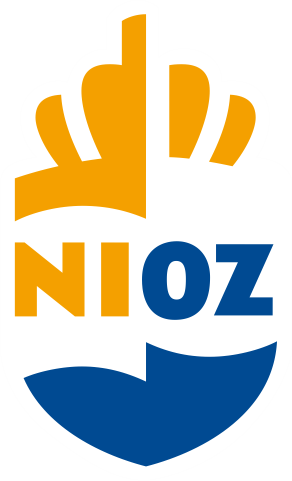Dear colleagues,
Please join us for the third (virtual) INTIMATE seminar on terrestrial records, which will be held on Thursday, June 30th at 11:00 CET.
The terrestrial records session will feature two invited speakers: Dr. Wim Hoek, from Utrecht University and Dr. Celia Martin-Puertas, from Royal Holloway, University of London (RHUL). Please find abstracts and poster hereafter.
You can subscribe for the virtual terrestrial records seminar through the following link:
https://tinyurl.com/uup36b22
Abstracts for the upcoming talks:
Dr. Wim Hoek, Utrecht University - Overview and developments using terrestrial records for environmental and climate reconstructions
"The use of terrestrial records for environmental and climate reconstructions is reflected in the terminology in “classical” stratigraphy. The morpho-stratigraphy based on geomorphological evidence is still widely used for cold glacial or stadial periods using the name of a type-locality (Weichselian/Würm Glacial, Loch Lomond Stadial). Similar stratigraphical concepts are used for warm interglacial or interstadial periods (Eemian Interglacial, or Hengelo, Denekamp, Allerød Interstadial). Sometimes a specific plant species is used to name a specific period such as the Younger Dryas. Before INTIMATE, stadial and interstadial phases along the North Atlantic Seaboard were correlated using conventional 14C-dating. The GRIP and GISP2 ice-core records challenged the terrestrial community and stimulated the improvement of terrestrial records. Classical proxies such as sedimentology, pollen, macro-fossils and Coleoptera were increasingly supported by a whole suite of other proxies for temperature reconstruction (Chironomids, oxygen isotopes etc.). Eventually, it led to the first proposal for the integration of marine, ice-core and terrestrial data (INTIMATE project).
New developments in radiocarbon dating techniques and Bayesian statistics for age-depth modelling, and the application of other dating techniques improved age determination. Detailed analysis of annual records in lake sediments, speleothems and tree-rings brings the terrestrial data closer to the resolution of ice-core records. Tephrostratigraphy opens up the potential to precise correlations between different records and environments. The developments of new proxies such as isotopes, biomarkers or eDNA will hopefully lead to a more complete insight of climate and environmental patterns, which can then be evaluated with climate model simulations."
Dr. Celia Martin-Puertas, Royal Holloway, University of London (RHUL) – Holocene decadal variability and palaeoweather investigation from varved lake sediments
"Lakes act as ideal sediment traps, continuously recording climate change in locations where humans live and thus directly experience ambient changes in weather and climate. When varves (annual layers) are preserved, the sediments reflect the seasonal cycle of deposition and provide a wide range of proxies that allow the reconstruction of climatic conditions at seasonal resolution. Varves form the basis of independent and robust chronologies based on annual layer counting, comparable to ice-cores and tree-rings, and it is possible to identify stratigraphic isochrons such as tephra layers, which allow precise synchronisation (year-to-year) between records obtained from different climatic regions. In this seminar, I will talk about the use of varved sediments for palaeoweather research, i.e. annual to decadal variability, and will show some examples from the Diss Mere record in the UK that invite discussion about climate-proxy stationarity, potential seasonal biases in proxy-based reconstructions and decadal natural climate variability."
If you are interested in joining the INTIMATE Network, you can subscribe through the following link:
https://tinyurl.com/yckj4t2z
You can also find the past talks from this seminar series on the INTIMATE Network’s YouTube channel:
https://www.youtube.com/channel/UCRHx53Dq5g6KVvMWDyfEWqw
We look forward to seeing you on June 30th! If you have any questions, feel free to contact me or any other member of the organizing committee. Best wishes, The organizing committee of the INTIMATE lecture seriesCécile Blanchet, Rebecca Kearney, Dirk Sachse (all GFZ Potsdam) and Zoë van Kemenade (NIOZ)




